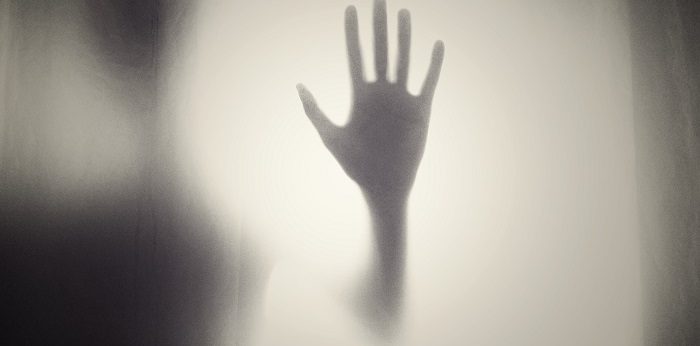


‘The Woman in Black’
An extremely faithful adaption by Stephen Mallatratt for the stage in 1987, ‘The Woman in Black’ is one of the West End’s longest running plays. It was initially intended to be a low budget play just for the Christmas season. However, rave reviews caused it to arrive in London’s West End in 1989. The acclaimed novel is described as a “rattling good yarn, the sort that chills the mind as well as the spine” by the Guardian. The play does not fail to live up to the novel’s legacy. To this day, it never fails to terrify its audience.
The play follows an elderly man named Arthur Kipps and a young actor. Hoping to exorcise the Women in Black, Arthur Kipps enlists the actor’s help to recite his tale, who convinces Kipps to turn his script into a play. With the actor taking the lead as a younger Arthur Kipps, the audience watches a play within a play. It follows Kipps’ haunting experience in Crythin Gifford, where he was sent to attend Mrs. Drablow’s funeral as her solicitor and to sort out her documents.
The minimal props, realistic sound effects, fog, and lighting leave most of the setting to be visualised by the audience. A foggy stage and a light outline of the mansion behind the curtain depicts the marsh outside Eel Marsh House. The nursery furniture covered by a white cloth is the family grave, and a straw trunk represents a desk, bed and pony and trap. The reliance on the audience’s imagination adds to the audience’s visceral fear.
As the theatre is so small, the screams of actors and sound effects seem very realistic, terrifying the audience further. While the dim lighting throughout the play leads the audience to feel uneasy, as if something was lurking in the shadows with them, the bright lights that come on whenever the young actor and Arthur Kipps finish rehearsing bring a sense of comfort. The lighting enhances the audience’s experience, especially during the more intense parts of the play. Similar to the novel, the play also appeals to our fear of the unknown.
In addition to the lighting, the occasional appearances of the Woman in Black increase the audience’s visceral fear. Despite only appearing several times throughout the play, with her outdated black clothing and unnatural make-up, the Woman in Black still manages to strike as much fear in the audience as she does in Arthur Kipps. In the novel, the readers are only spectators of the events at Crythin Gifford, they must completely rely on their imagination to ‘hear’ and ‘see’ the characters and setting. On the other hand, in the play, the audience experiences the events.
These factors, as well as the uniqueness of the play and the emotions it projects into the audience, makes ‘The Woman in Black’ a gem in London’s West End.